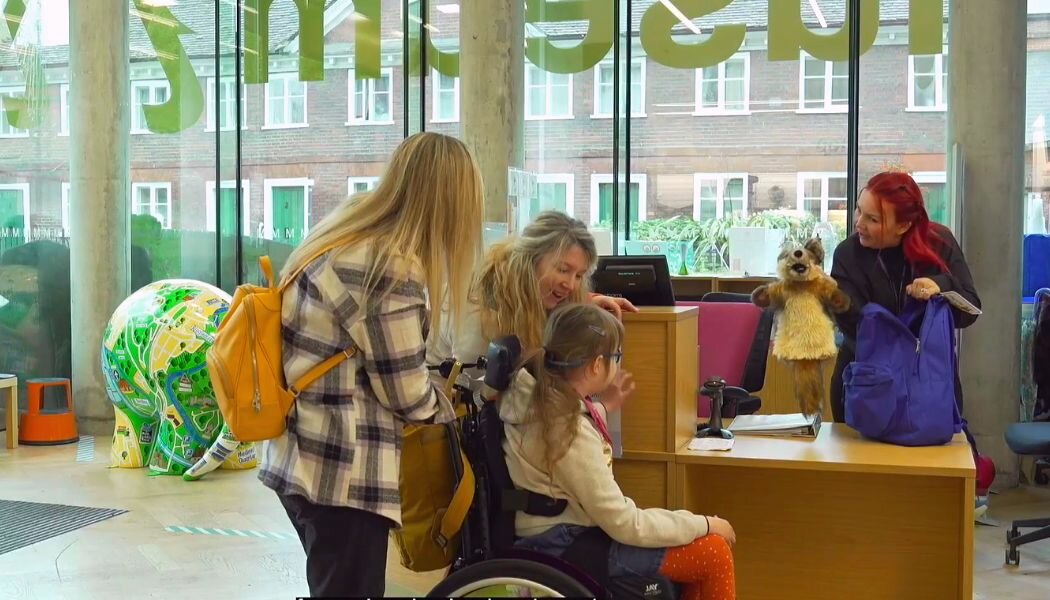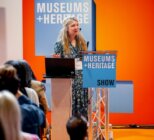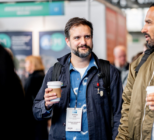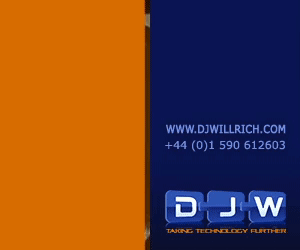Be iterative in your commitment to accessibility, and your organisation can lead the way in your community. That’s the advice of Sam Bowen, an inclusion campaigner in museums and the developer of the SEND in Museums website.
Bowen shared the advice about SEND (Special educational needs and disabilities) visitors as part of a session at the Museums + Heritage Show 2023, which took place earlier this year.
Bowen is a former museum curator, education manager and museum development officer and a self-described ‘SEND mum’ to her daughter who has special educational needs and is a wheelchair user.
Bowen described her experience as her daughter grew older, as visiting museums felt more ableist, and family activities “weren’t relevant and weren’t accessible”.
During the session, Bowen said 9% of children in the UK are disabled, over 10% of homes have a disabled child in the family. Inclusivity then, helps tackle social isolation and loneliness among SEND families.
“Inclusion within the museum tackles social isolation and loneliness. It is a big thing for SEND families,” Bowen said.
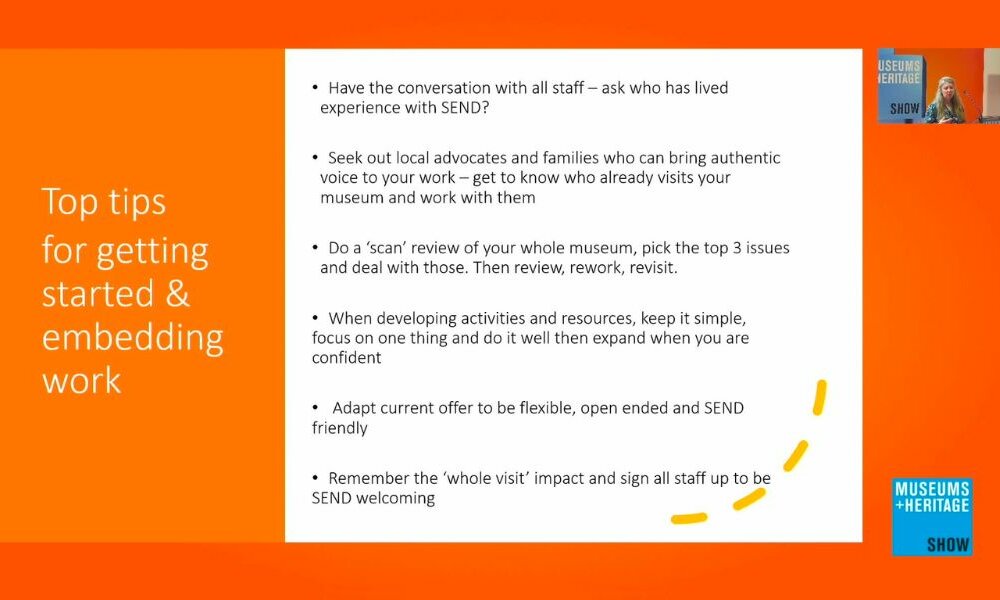
Embedded inclusivity
Reflecting on one visit with her daughter, Bowen said the Investigate Gallery at the Natural History Museum was a good example of a space which had inclusivity ‘embedded’ into its design. Clear lighting, and a table height suitable for wheelchairs were among the features ‘baked in’ which Bowen praised.
The Gallery’s design meant “every other child, or family, in that room had exactly the same entry point.”
She said that while families and children may have different experiences, these adaptations were “beautifully designed into the experience”, rather than being “overlaid”.
To incorporate similar accommodations, Bowen advised having a conversation with all staff, and to ask around to find out if any are comfortable to share that they have lived experience with SEND.
“Depending on the size of your organisation, I’d be surprised if somebody didn’t know at least one person with SEND”, Bowen said.
While this staff member could become an advocate, appointing a local advocate is an important part of inclusion.
“Seek out local advocates and families who can bring an authentic voice to your work,” Bowen advised, adding that organisation should get to know who is visiting the museum.
“When developing activities and resources, keep it simple, focus on one thing and do it well then expand when you are confident”.
“…just pick three things, and work through those together and then, review, rework and revisit. Before you know it, that list will become 30 things, or 300 subtle little things that will take your organisation on a really important journey.”
Among advice for activities and resources that work well, Bowen advised
• Handling collections & Interactives
• Multi-sensory experiences
• Soft toys and glove puppets
• Sensory storytelling or live inclusive storytelling
• Open-ended activities
• PECs Symbol trails – for non-readers
• Sensory trails and engagement e.g. connecting with environment
• Closeup photo (eye spy) trails with a view finder
• SEND backpacks
• Quiet spaces and relaxed sessions
More advice and resources for the sector is available via the Send in Museums website.
Watch the full session
 This session in full, and more than 50 other sessions from this year’s Museums + Heritage Show, are now available for purchase on the Museums + Heritage Show website. Visitors to this year’s show have been provided with a code for free access.
This session in full, and more than 50 other sessions from this year’s Museums + Heritage Show, are now available for purchase on the Museums + Heritage Show website. Visitors to this year’s show have been provided with a code for free access.

